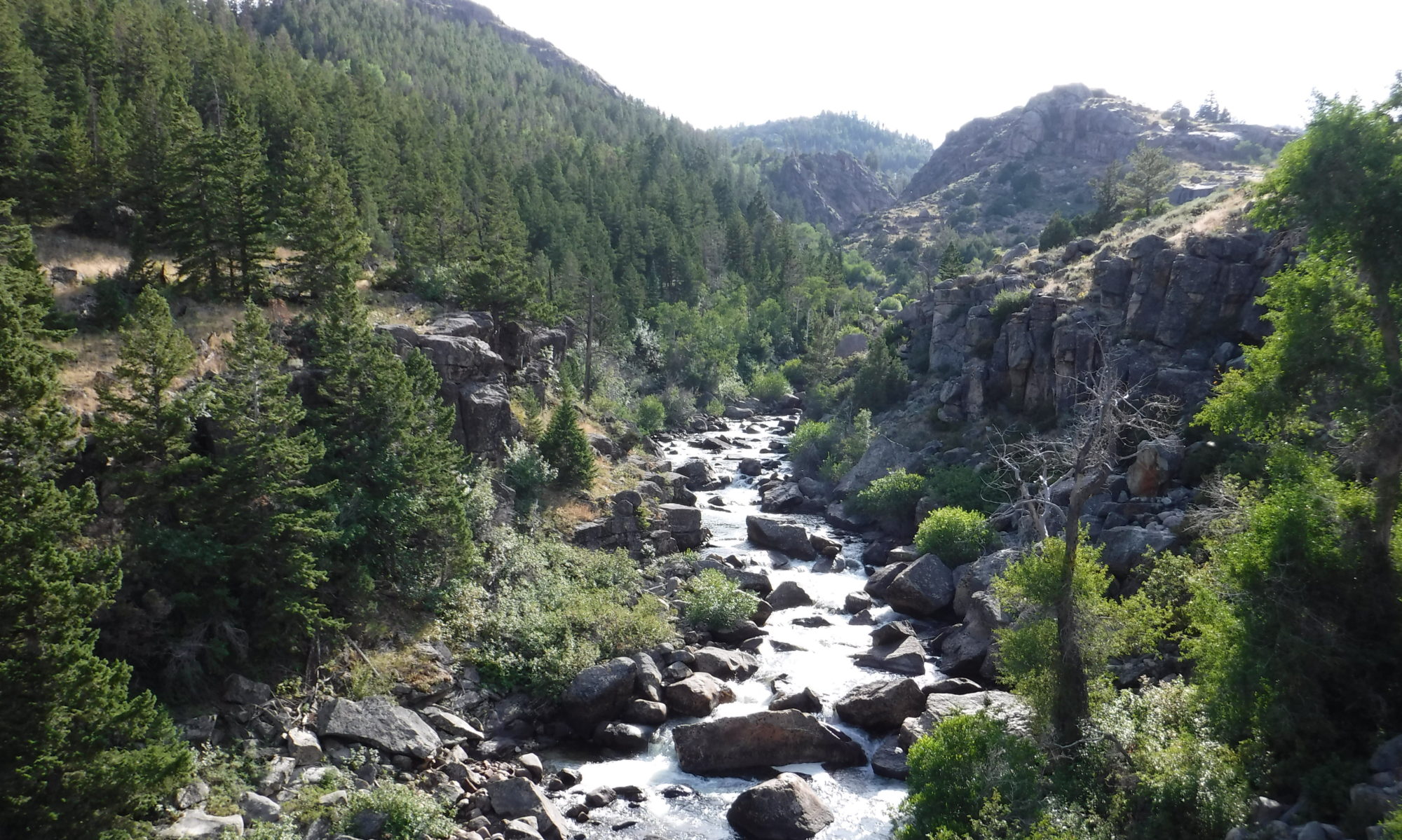Check out new work by former WVU MS student Nick Colaianne looking at how the depositional environment of in-channel bedrock ultimately affects erodibility and the shape of bedrock rivers. Paper here!
Paper on suspended-sediment response to wildfire and post-fire floods
A team led by USFS scientist Dr. Sandra Ryan monitored fluvial suspended-sediment concentrations for three years after a severe wildfire in northern Colorado. One year after the fire, our study area experienced a ~100-year flood. In this paper we explore how watersheds respond to fire-flood sequences, which has important implications for the sustainability of the water supply in the American West. Find it here.
The lasting legacy of megaflood boulders in mountain rivers
Fresh new science from Dr. Susannah Morey and friends in Geophysical Research Letters. Find it here.
The uncertain future of mountaintop-removal-mined landscapes
Check out two new invited papers in Geomorphology with WVU grad student Sam Bower and friends on how mountaintop removal coal mining influences subsequent landscape evolution:
Part 1: 10.1016/j.geomorph.2023.108984
Part 2: 10.1016/j.geomorph.2023.108985
How impervious are solar arrays?
My new opinion piece in Earth Surface Processes and Landforms uses a recent public policy dust-up over stormwater regulations for solar installations in Virginia to examine the broader question of how we should weigh up the environmental benefits and geomorphic impacts of energy transition infrastructure. Find it here.
The art of landslides
Check out Benjamin Campforts’s recent JGR paper on how landslides govern river and landscape evolution here.
Big, big piles of sediment…
…sit at Earth’s passive continental margins. How can we use forward models of landscape and seascape evolution to read that stratigraphic record and infer something about past landscapes? In this new paper we use beautiful stratigraphic data from the southern Atlantic Ocean to find the optimal form of models for the development of passive margin stratigraphy over geologic time. Spoiler alert: margin evolution is dominated by nonlocal sediment transport events like marine landslides, turbidity currents, and marine debris flows.
Paper on how river deposits record climate change
Xiaoping Yuan leads a new paper in JGR: Solid Earth showing how fluvial sedimentary deposits might record variations in mean precipitation rate. Find it here .
Preprint on modeling marine stratigraphy
Model-data synthesis suggests that it is essential to incorporate nonlocal sediment transport processes into our stratigraphic forward models if we want to be able use stratigraphy to quantitatively infer past perturbations to landscapes. Check out the preprint!
Model of landslide-river interactions out now
Modeling wizard Benjamin Campforts (CU Boulder) has published HyLands 1.0, a new model that seeks to elucidate the interactions among landslides, landslide-derived sediment, and river incision that govern landscape evolution. Find the paper here!
